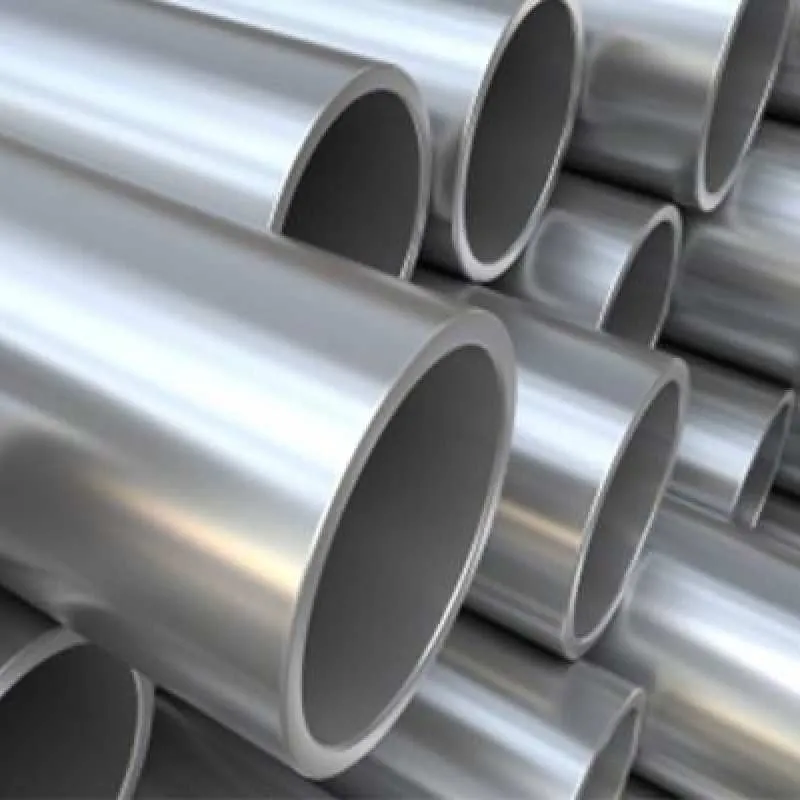-
Cangzhou Yulong Steel Co., Ltd.
-
Phone:
+86 13303177267 -
Email:
admin@ylsteelfittings.com
- English
- Arabic
- Italian
- Spanish
- Portuguese
- German
- kazakh
- Persian
- Greek
- French
- Russian
- Polish
- Thai
- Indonesian
- Vietnamese
- Zulu
- Korean
- Uzbek
- Hindi
- Serbian
- Malay
- Ukrainian
- Gujarati
- Haitian Creole
- hausa
- hawaiian
- Hebrew
- Miao
- Hungarian
- Icelandic
- igbo
- irish
- Japanese
- Javanese
- Kannada
- Khmer
- Rwandese
- Afrikaans
- Albanian
- Amharic
- Armenian
- Azerbaijani
- Basque
- Belarusian
- Bengali
- Bosnian
- Bulgarian
- Catalan
- Cebuano
- China
- China (Taiwan)
- Corsican
- Croatian
- Czech
- Danish
- Esperanto
- Estonian
- Finnish
- Frisian
- Galician
- Georgian
- Kurdish
- Kyrgyz
- Lao
- Latin
- Latvian
- Lithuanian
- Luxembourgish
- Macedonian
- Malgashi
- Malayalam
- Maltese
- Maori
- Marathi
- Mongolian
- Myanmar
- Nepali
- Norwegian
- Norwegian
- Occitan
- Pashto
- Dutch
- Punjabi
- Romanian
- Samoan
- Scottish Gaelic
- Sesotho
- Shona
- Sindhi
- Sinhala
- Slovak
- Slovenian
- Somali
- Sundanese
- Swahili
- Swedish
- Tagalog
- Tajik
- Tamil
- Tatar
- Telugu
- Turkish
- Turkmen
- Urdu
- Uighur
- Welsh
- Bantu
- Yiddish
- Yoruba

Dec . 10, 2024 09:05 Back to list
astm a 106 grb
Understanding ASTM A106 Grade B Properties, Applications, and Benefits
ASTM A106 Grade B is a significant specification in the realm of steel piping materials, widely recognized for its reliability and performance in high-temperature and high-pressure environments. Developed by the American Society for Testing and Materials (ASTM), this standard has become essential for various industrial applications, particularly in the oil and gas sector, petrochemical plants, and power generation facilities.
Overview of ASTM A106
ASTM A106 is a standard specification that covers seamless carbon steel pipes for high-temperature service. It is categorized into three grades A, B, and C, with Grade B being the most commonly used due to its balanced combination of strength and ductility. The chemical composition of ASTM A106 Grade B primarily includes carbon, manganese, phosphorus, and sulfur, offering excellent tensile strength and weldability.
The requirements for ASTM A106 Grade B specify that the carbon content should be between 0.18% and 0.23%, ensuring that the pipes can withstand the high pressures and elevated temperatures they encounter in service. The specification also mandates mechanical properties such as yield strength, tensile strength, and elongation, ensuring that the material can perform safely under various conditions.
Mechanical Properties
ASTM A106 Grade B pipes exhibit several key mechanical properties that make them suitable for demanding applications
- Yield Strength Minimum yield strength is typically 35,000 psi (241 MPa). - Tensile Strength Minimum tensile strength is around 60,000 psi (414 MPa). - Elongation Elongation percentage is crucial for deformation characteristics, with values varying based on the pipe's diameter.
These characteristics make ASTM A106 Grade B suitable for high-temperature and high-pressure uses, ensuring reliability in critical operations
.Applications of ASTM A106 Grade B
astm a 106 grb

One of the primary applications of ASTM A106 Grade B is in the construction of pipelines for transporting liquids and gases in the oil and gas industries. Its high strength and heat resistance allow it to function effectively in environments with elevated temperatures and pressures. Additionally, these pipes are frequently utilized in refineries, chemical plants, and power generation facilities, where they convey steam, water, gas, and oil.
Furthermore, ASTM A106 Grade B pipes are often used in HVAC systems, where they help in the distribution of heating and cooling fluids. Their versatility also allows them to be employed in plumbing and industrial applications, making them a standard choice among engineers and contractors.
Advantages of Using ASTM A106 Grade B
1. High Strength and Durability One of the most significant advantages of ASTM A106 Grade B pipes is their ability to withstand high temperatures and pressures without compromising structural integrity. This feature is crucial for applications in energy and chemical sectors, where safety and reliability are paramount.
2. Weldability These pipes are designed for easy welding, allowing for seamless integration into various piping systems. The ease with which they can be welded makes them cost-effective and versatile for installation.
3. Cost-Effectiveness Compared to other high-strength materials, ASTM A106 Grade B pipes offer a cost-efficient solution for many industrial applications without sacrificing performance.
4. Availability As a widely recognized specification, ASTM A106 Grade B pipes are readily available in various sizes and wall thicknesses, making it easier for manufacturers and contractors to source materials that meet their specific project requirements.
Conclusion
ASTM A106 Grade B is a vital specification in the steel manufacturing industry, underscoring the importance of durability, strength, and versatility in piping materials. Its widespread use across various industries highlights its significance in ensuring operational efficiency and safety in high-demand environments. By understanding the properties, applications, and advantages of ASTM A106 Grade B, engineers and decision-makers can make informed choices that enhance productivity and reliability in their projects. As industries continue to evolve, the relevance of ASTM A106 Grade B remains steadfast, making it an enduring choice for high-performance piping solutions.
Latest news
-
ANSI 150P SS304 SO FLANGE
NewsFeb.14,2025
-
ASTM A333GR6 STEEL PIPE
NewsJan.20,2025
-
ANSI B16.5 WELDING NECK FLANGE
NewsJan.15,2026
-
ANSI B16.5 SLIP-ON FLANGE
NewsApr.19,2024
-
SABS 1123 FLANGE
NewsJan.15,2025
-
DIN86044 PLATE FLANGE
NewsApr.19,2024
-
DIN2527 BLIND FLANGE
NewsApr.12,2024
-
JIS B2311 Butt-Welding Fittings LR/SR 45°/90° /180°Seamless/Weld
NewsApr.23,2024











